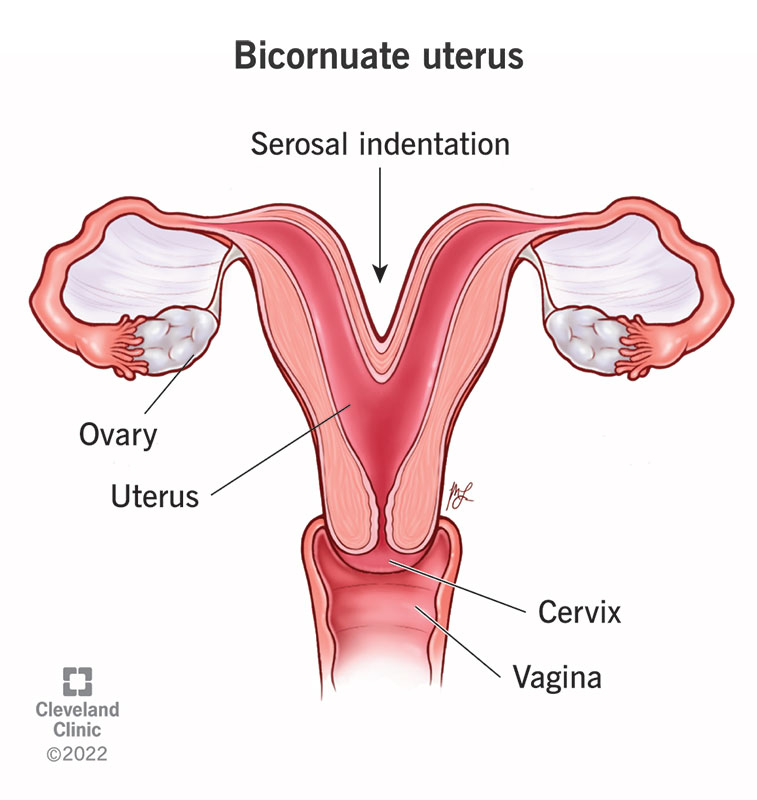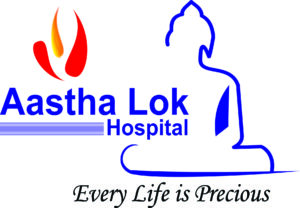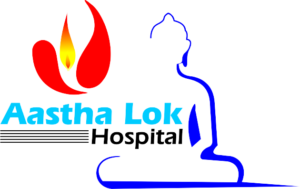The shape of the uterus plays a crucial role in a woman’s reproductive health. Abnormal uterine shapes can lead to challenges such as infertility, recurrent miscarriages, or complications during pregnancy. Uterine shape correction is a specialized medical procedure aimed at addressing these abnormalities. For those seeking top-quality care, the Best Private Hospital In Patna or the Best Gynaecology Clinics In Patna offer expert diagnosis and advanced treatment options.

What is Uterine Shape Correction?
Uterine shape correction is a procedure designed to reshape or reconstruct the uterus to enhance its functionality. It is often recommended for women diagnosed with congenital or acquired uterine anomalies, which can include:
- Septate Uterus:
- A condition where a fibrous band divides the uterine cavity, increasing the risk of miscarriage.
- Bicornuate Uterus:
- A heart-shaped uterus with two cavities that can complicate pregnancy.
- Arcuate Uterus:
- A mild indentation in the uterine cavity that may affect implantation.
- Asherman’s Syndrome:
- Scar tissue inside the uterus, often due to previous surgeries or infections.
When is Uterine Shape Correction Needed?
Consult the Best Gynaecology Specialist In Patna if you experience:
- Recurrent pregnancy loss.
- Difficulty conceiving despite trying for over a year.
- Painful or irregular menstruation.
- Complications in previous pregnancies.
Diagnosis of Uterine Abnormalities
Accurate diagnosis is essential to determine the need for uterine shape correction. Specialists at the Best Private Hospital In Patna may perform:
- Ultrasound: A non-invasive imaging technique to assess uterine shape.
- Hysterosalpingography (HSG): An X-ray procedure to evaluate the uterine cavity and fallopian tubes.
- MRI: Provides detailed imaging of uterine structure and abnormalities.
- Hysteroscopy: A minimally invasive procedure using a camera to view the inside of the uterus.
Treatment Options for Uterine Shape Correction
The type of procedure depends on the specific uterine anomaly:
- Hysteroscopic Surgery:
- Ideal for correcting septate or arcuate uterus.
- Involves minimal downtime and preserves uterine integrity.
- Laparoscopic Surgery:
- Used for bicornuate uterus or Asherman’s syndrome.
- Offers quicker recovery and fewer complications compared to open surgery.
- Open Surgery:
- Recommended for complex cases where minimally invasive methods are not feasible.
- Hormonal Therapy:
- May be used post-surgery to promote healing and restore uterine function.
Benefits of Uterine Shape Correction
- Improved Fertility: Enhances chances of conception and successful pregnancy.
- Reduced Risk of Miscarriage: Correcting anomalies lowers miscarriage risks.
- Better Pregnancy Outcomes: Ensures a healthy environment for fetal development.
- Enhanced Quality of Life: Alleviates symptoms like pain and irregular periods.
Why Choose Patna for Uterine Shape Correction?
Patna is home to some of the Best Gynaecology Clinics And Hospitals equipped with advanced diagnostic tools and surgical expertise. The Best Private Hospital In Patna offers personalized care, skilled specialists, and cutting-edge facilities to ensure optimal outcomes for patients.
Preparing for Uterine Shape Correction
- Medical Consultation:
- Discuss your symptoms and medical history with a gynecologist.
- Diagnostic Tests:
- Undergo recommended tests for an accurate diagnosis.
- Mental and Physical Preparation:
- Stay informed about the procedure and follow pre-surgery guidelines.
Post-Surgery Care
- Rest and Recovery:
- Allow sufficient time for healing, depending on the procedure type.
- Follow-Up Appointments:
- Regular check-ups to monitor recovery and uterine health.
- Healthy Lifestyle:
- Maintain a balanced diet and avoid strenuous activities during recovery.
- Maintain a balanced diet and avoid strenuous activities during recovery.
FAQ
What is uterine shape correction?
Uterine shape correction is a medical procedure to repair or reshape an abnormally formed uterus to improve fertility and pregnancy outcomes.
What causes uterine shape abnormalities?
They can be congenital (present at birth) or acquired due to infections, surgeries, or trauma.
How do I know if I have a uterine shape abnormality?
Symptoms may include recurrent miscarriages, difficulty conceiving, irregular periods, or complications during pregnancy, but diagnosis requires imaging tests.
Which tests are used to diagnose uterine shape abnormalities?
Common tests include ultrasound (2D/3D), hysterosalpingography (HSG), MRI, and hysteroscopy.
Is uterine shape correction surgery safe?
Yes, when performed by experienced specialists, the procedures are generally safe with low risk of complications.
What types of uterine abnormalities can be corrected?
Septate uterus, bicornuate uterus, arcuate uterus, and Asherman’s syndrome are commonly treated.
How long does uterine shape correction surgery take?
Most minimally invasive surgeries last between 30 minutes to 2 hours, depending on complexity.
Is the surgery painful?
Surgery is performed under anesthesia, so there’s no pain during the procedure; mild discomfort may occur during recovery.
What is the recovery time after uterine shape correction?
Recovery varies from a few days to a few weeks depending on the procedure type.
Can uterine shape correction improve my chances of getting pregnant?
Yes, it can significantly improve fertility and reduce miscarriage risks.
Are there non-surgical treatments for uterine abnormalities?
Hormonal therapy may be used post-surgery to support healing, but surgery is often necessary to correct structural issues.
Will uterine shape correction affect my menstrual cycle?
Many women experience improved menstrual regularity and reduced pain after correction.
Can all uterine abnormalities be corrected surgically?
Most can, but the best approach depends on the type and severity of the anomaly.
Is laparoscopic surgery better than open surgery?
Laparoscopic surgery is minimally invasive, with faster recovery and fewer complications compared to open surgery.
What risks are associated with uterine shape correction?
Risks include infection, bleeding, or damage to surrounding organs, but these are rare with skilled surgeons.
How soon can I try to conceive after surgery?
Your doctor will advise based on your recovery, typically after several weeks to a few months.
Will I need follow-up tests after uterine shape correction?
Yes, follow-ups are important to monitor healing and uterine health.
Can uterine shape correction be done if I’m already pregnant?
No, correction is usually done before pregnancy to reduce risks.
How do I choose the best hospital or specialist for uterine shape correction in Patna?
Look for experienced gynecologists, advanced diagnostic facilities, positive patient reviews, and personalized care.
Where can I learn more about uterine shape correction and reproductive health?
Trusted health websites like the Mayo Clinic and consultation with specialists provide valuable, reliable information.
Uterine shape correction is a life-changing procedure that can significantly enhance a woman’s reproductive health and fertility. Whether you’re facing recurrent miscarriages, difficulty conceiving, or painful menstrual cycles, timely diagnosis and expert care can make a profound difference. Patna is home to some of the best gynecology specialists and private hospitals offering advanced diagnostic tools and minimally invasive treatments. By choosing the right healthcare provider, you’re taking a vital step toward a healthier future. Don’t ignore the signs—consult a trusted gynecologist in Patna and begin your journey toward improved reproductive wellness and a successful pregnancy. With the right treatment and expert guidance, many women go on to have healthy pregnancies and fulfilling motherhood journeys.
Suggested External Resource:
Mayo Clinic – Uterine abnormalities and infertility
https://www.mayoclinic.org/diseases-conditions/infertility/in-depth/uterine-abnormalities/art-20044879

